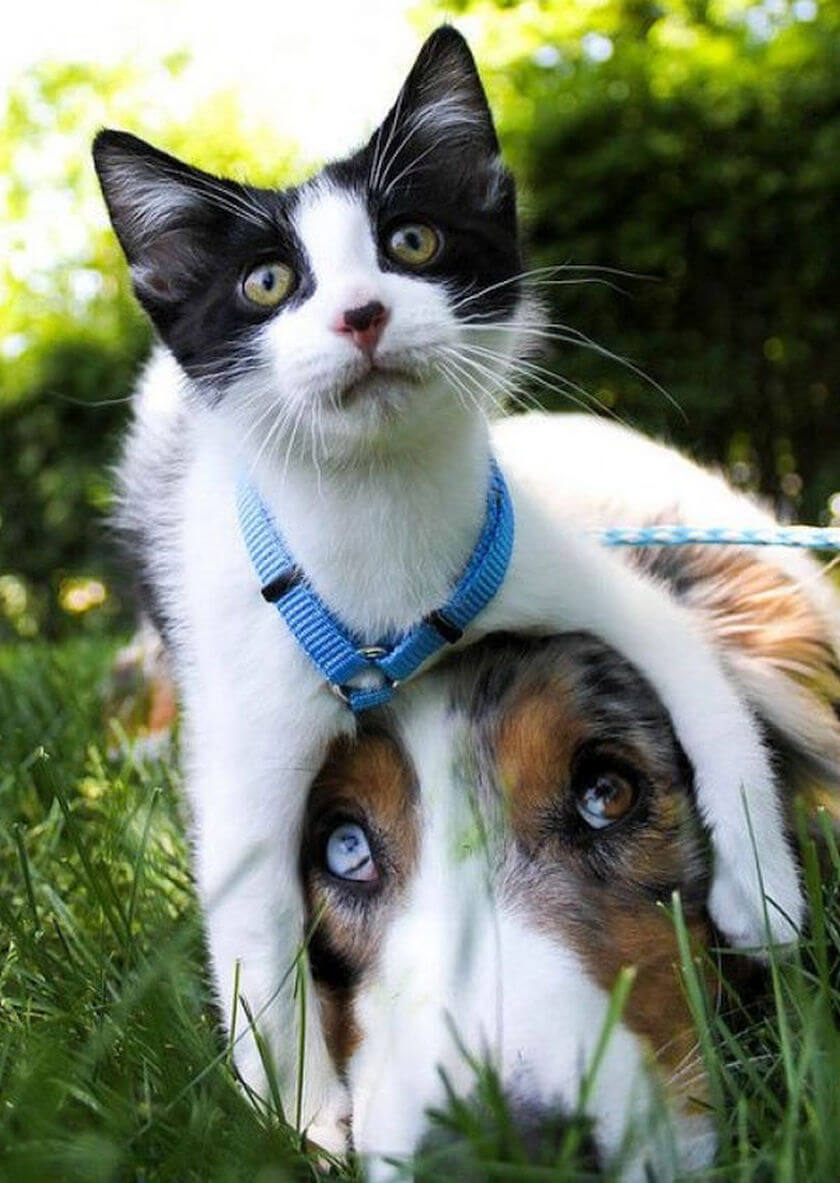Little Bites (or Lil’ Bits – I haven’t decided) is my antidote to boring pet food safety news, the dry-as-dust pet food reviews, and well-worn pet food advice.
Little bites is pet food news that is custom-decorated, hand-sifted, and specially flavored bites edited for busy bees who are sick and tired of wading through reams of sleep-inducing pet food industry babble: News served fresh one delicious bite at a time. First bit o’ news:
Purina almost saved Nestle’s a** (AKA their bottom line)
Nestlé struggled last quarter overall in emerging markets. It missed sales targets in four out of seven product categories—water, milk and ice cream, prepared dishes and beverages.
But wait! There’s more…
Meanwhile, pet food—Nestlé makes Purina—grew the most of all the product categories, rising 7.9% year-on-year. The company said it was doing particularly well in emerging markets due to “successful innovation and to the expansion of our presence in specialist retailers,” whatever that means. And though its share of the North American dog food market is “under pressure,” double-digit growth in cat food helped balance that out. Yay for cats!
(SOURCE: People are buying more pet food—but not enough to save Nestlé from a weak first quarter)
Cat Food May Cause Feline Hyperthyroidism
Feline hyperthyroidism, a disease common in middle-aged and older cats, may be the result of their diet. Researchers treated feline thyroid cell cultures with various cat food ingredients to determine whether these ingredients stimulate normal thyroid cells. They learned that flavonoids—plant proteins found in commercially available cat food—activate cultured feline thyroid cells as effectively as a cat’s normal thyroid-stimulating hormone. This suggests that flavonoids may interfere with normal thyroid function and be a contributing factor in the development of feline hyperthyroidism, “If the researchers identify nutritional causes of hyperthyroidism, it is hoped that these compounds can be reduced or avoided in cat food, thus reducing the incidence of disease and improving the lives of cats,” the research foundation said.
Stay tuned for more on this story, as there is more to it than meets the eye.
(SOURCE: Study Update: Feline Hyperthyroidism and Cat Food)
Merrick’s Crappy Cans and Truth About Pet Food
Merrick Pet Care is upgrading its cat food cans after a pet parent found mold in several of the containers. An investigation of the mold incident led the company to conclude that an unusually weak seal on the can lids allowed the cat food to become compromised. The new upgrade involves adding coating to the can lids to improve the seals.
The mold discovery was first reported by the Truth about Pet Food website in January. The website indicated that the problem cans, which came from two cases of Merrick BG Chicken Grain Free Cat Food, did not appear to be sealed properly, as they did not make a vacuum seal noise when they were opened.
(SOURCE: Merrick upgrading cat food cans after mold problem)
Did you know? (A Mini quiz)
That with nearly 500 known mycotoxins, interactions between toxins can make diagnosis difficult, and it can be further complicated by the presence of masked mycotoxins in animal feed. These complications can lead to an underestimation of certain mycotoxins by up to 88 percent, explaining why analyzed animal feed can show low levels of mycotoxins but still be problematic!
Yikes, I didn’t know this.
Did you?
(Source: Researchers share latest on mycotoxins in animal feed)


Comment (1) Write a comment